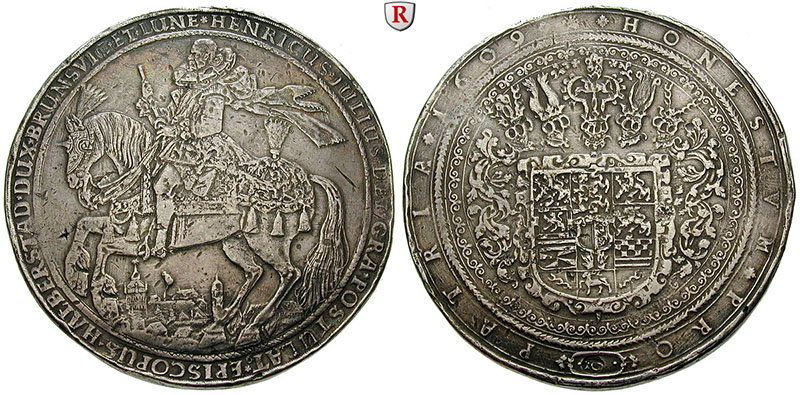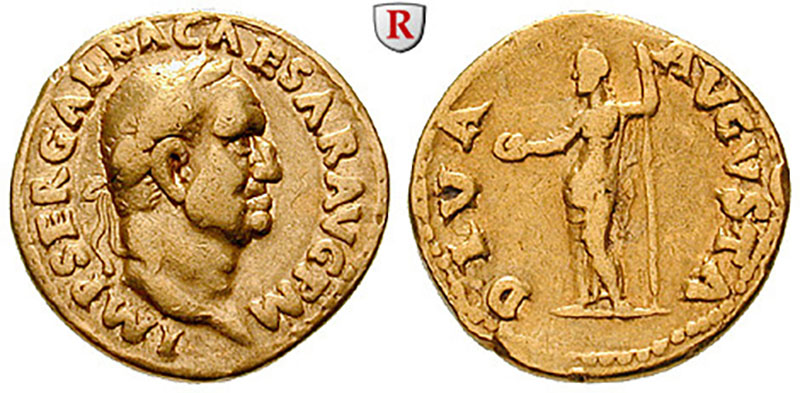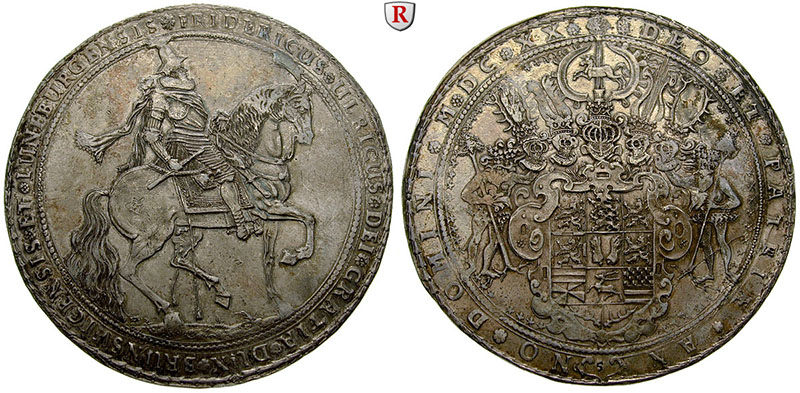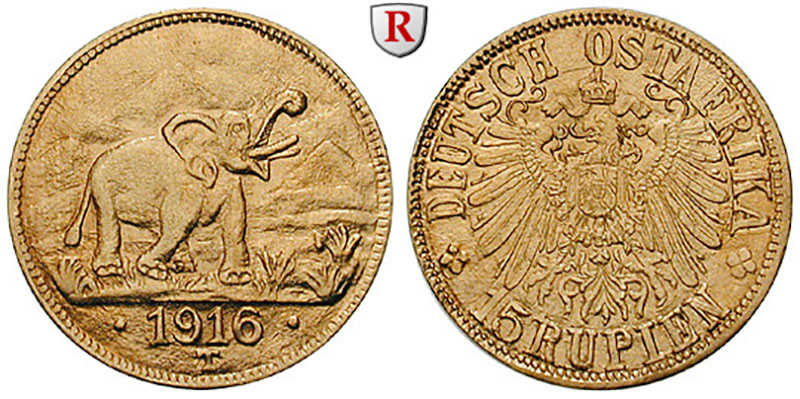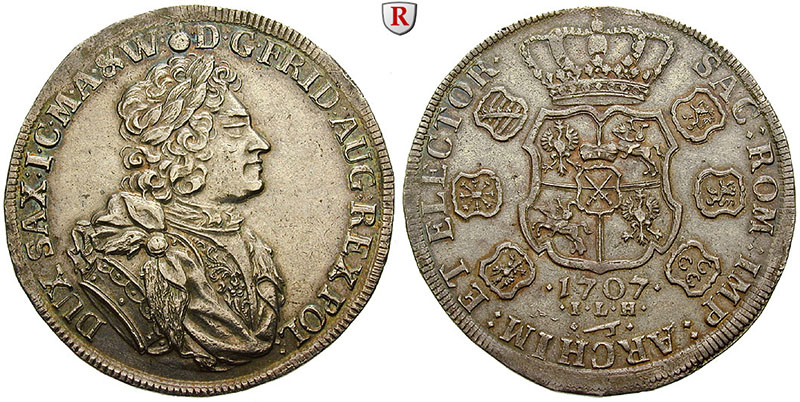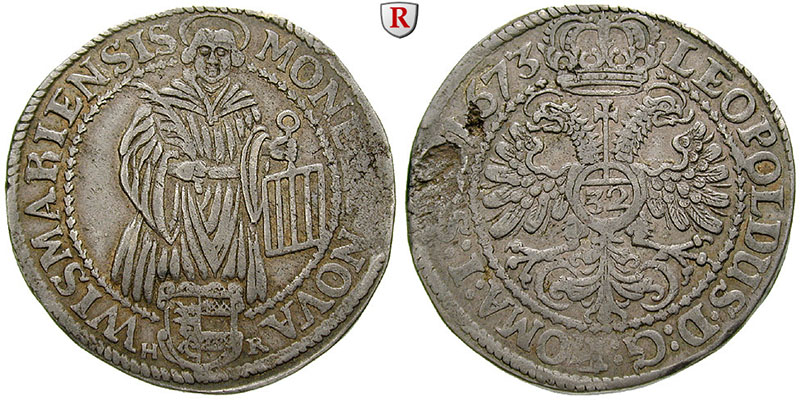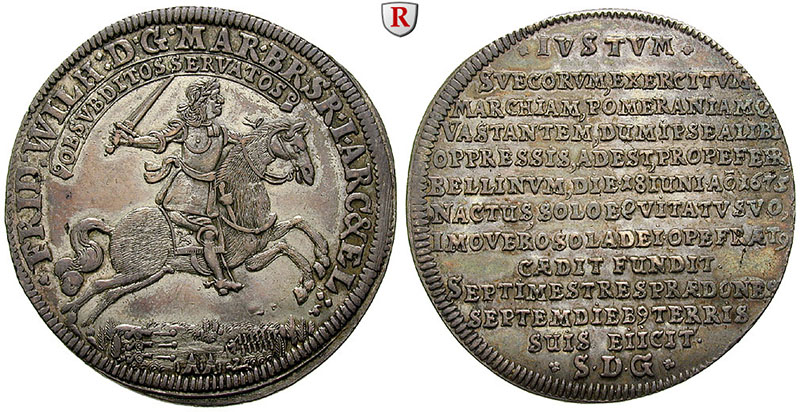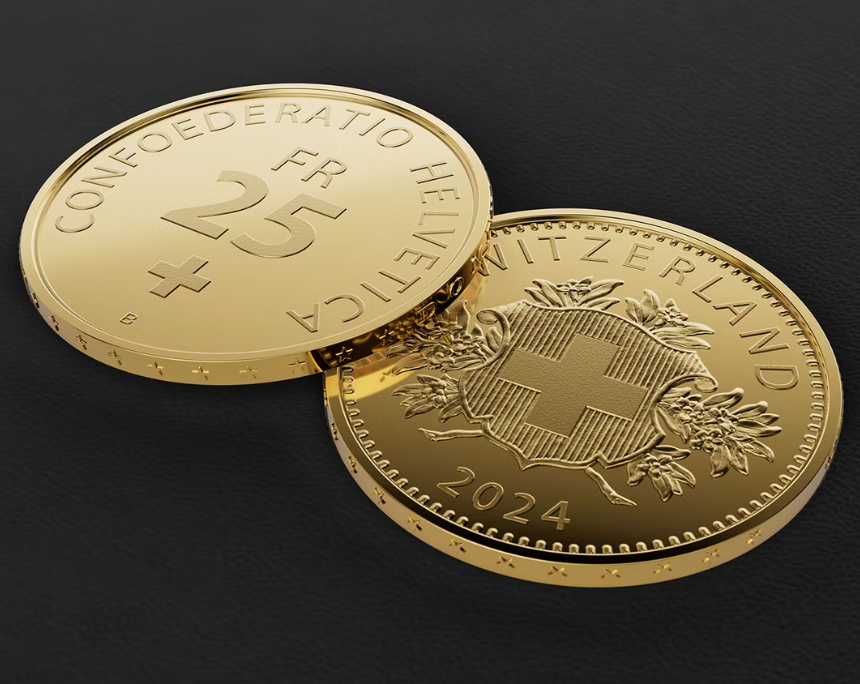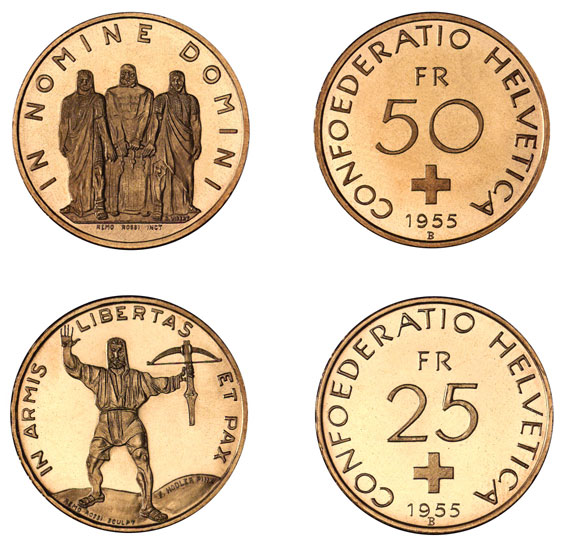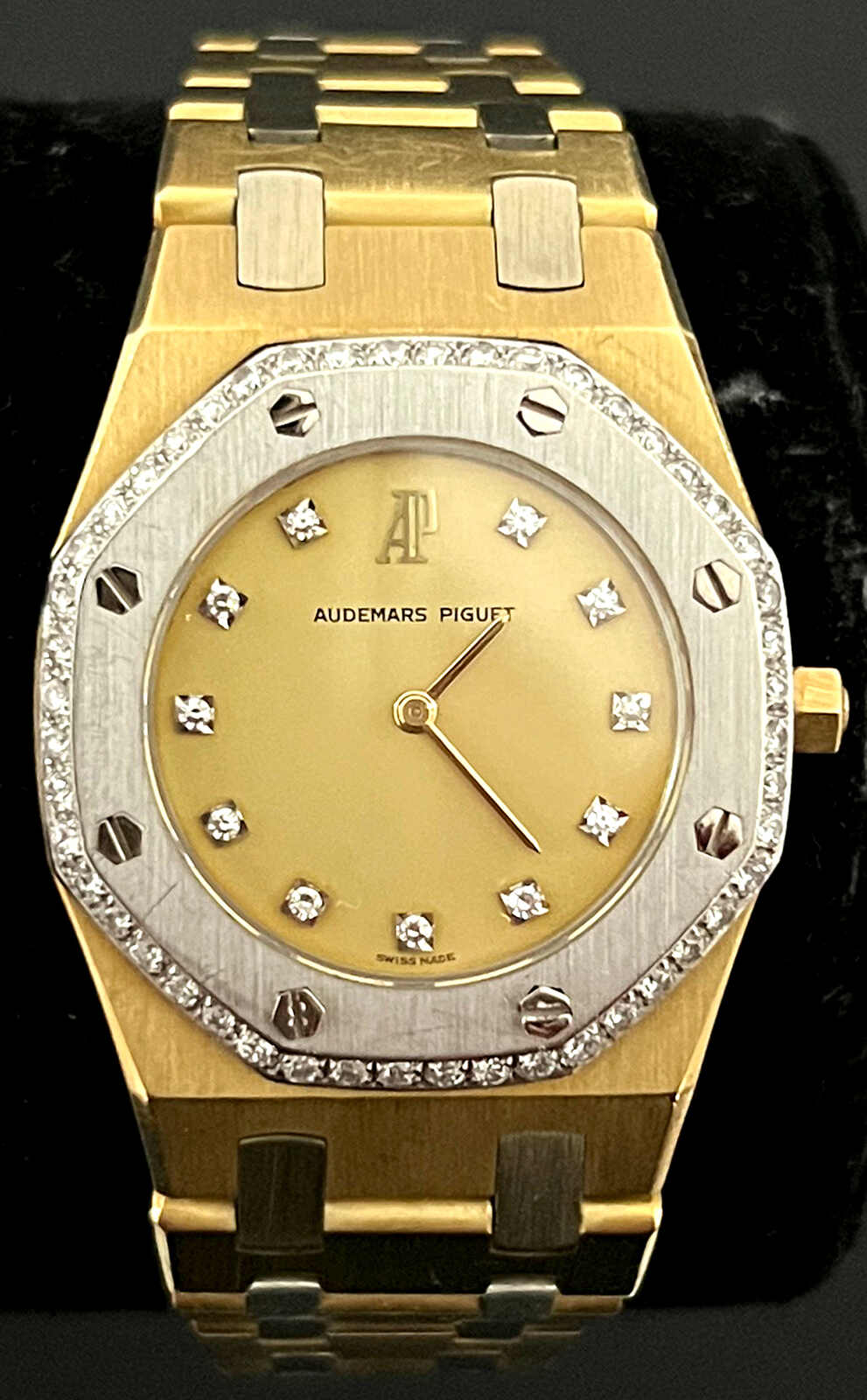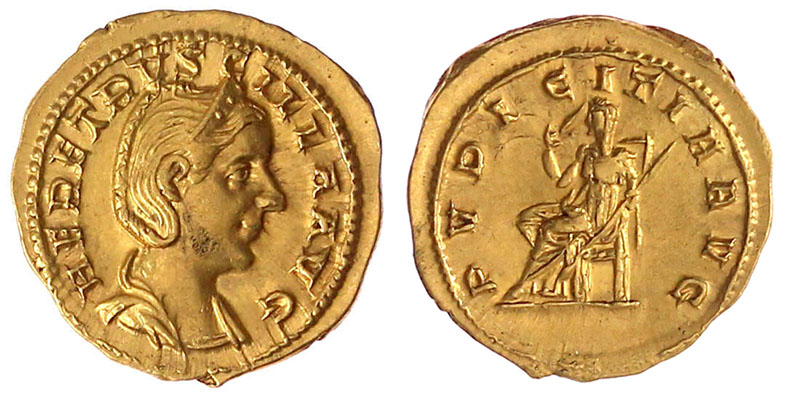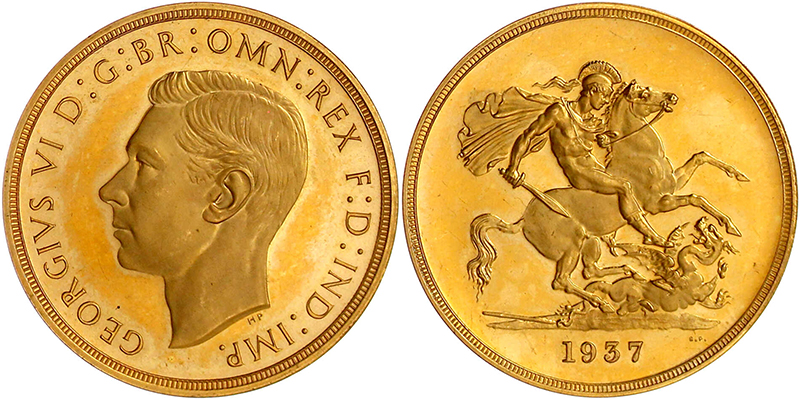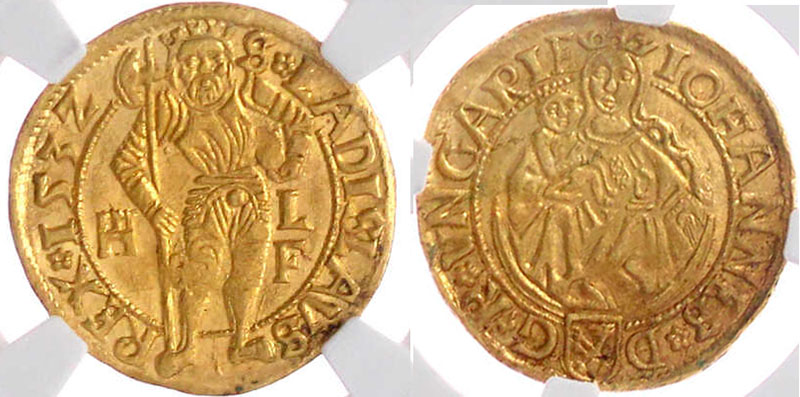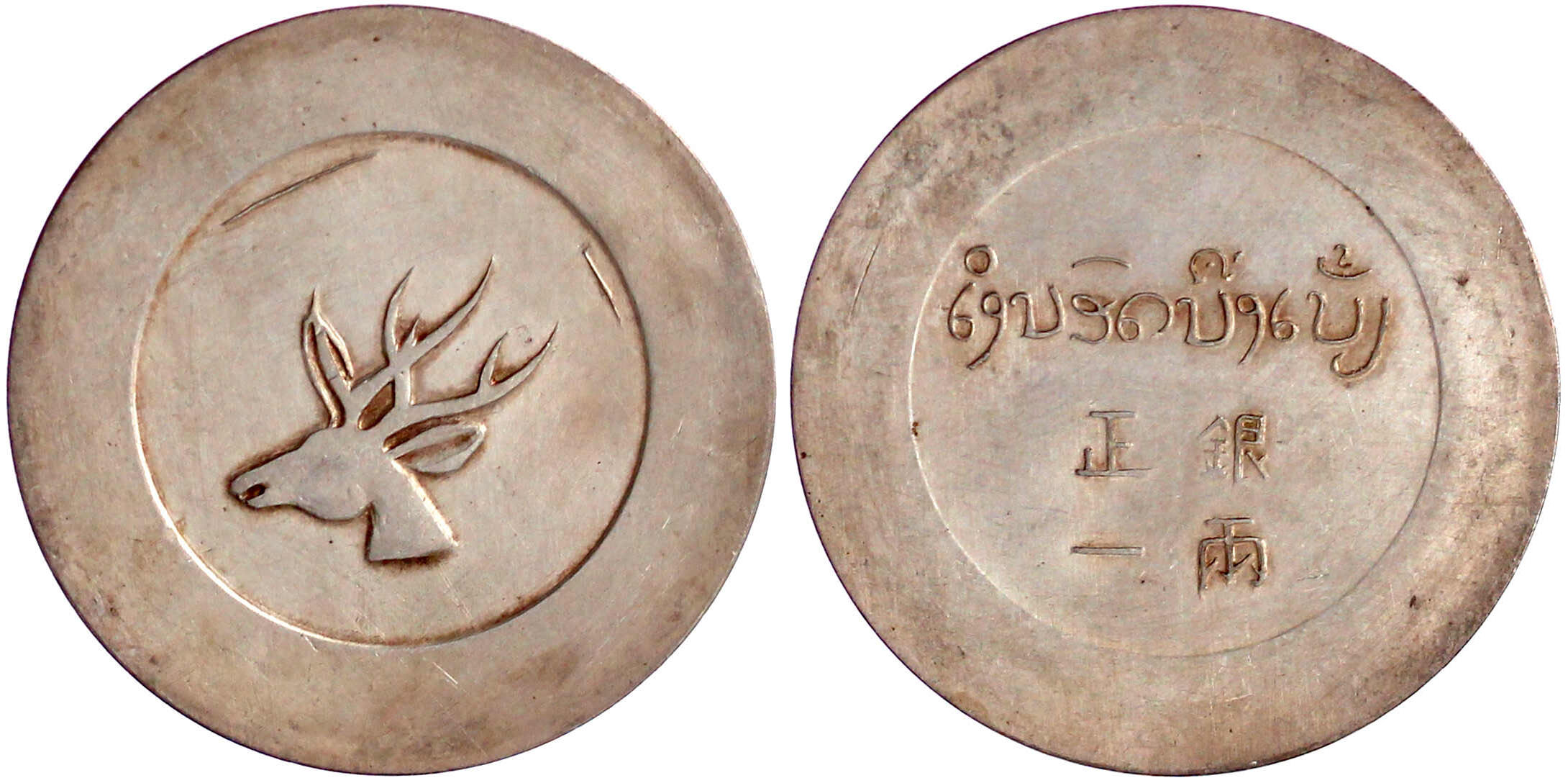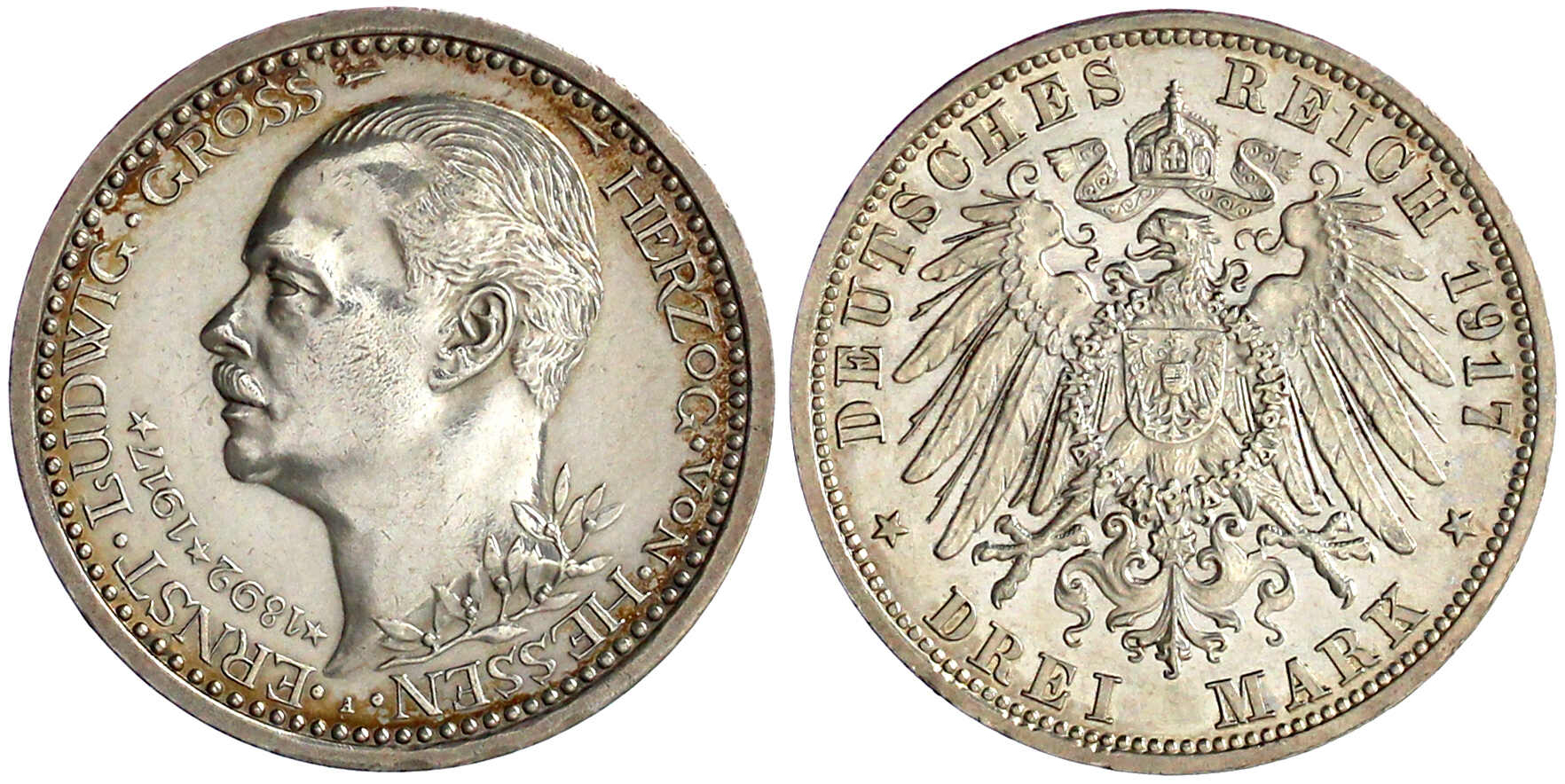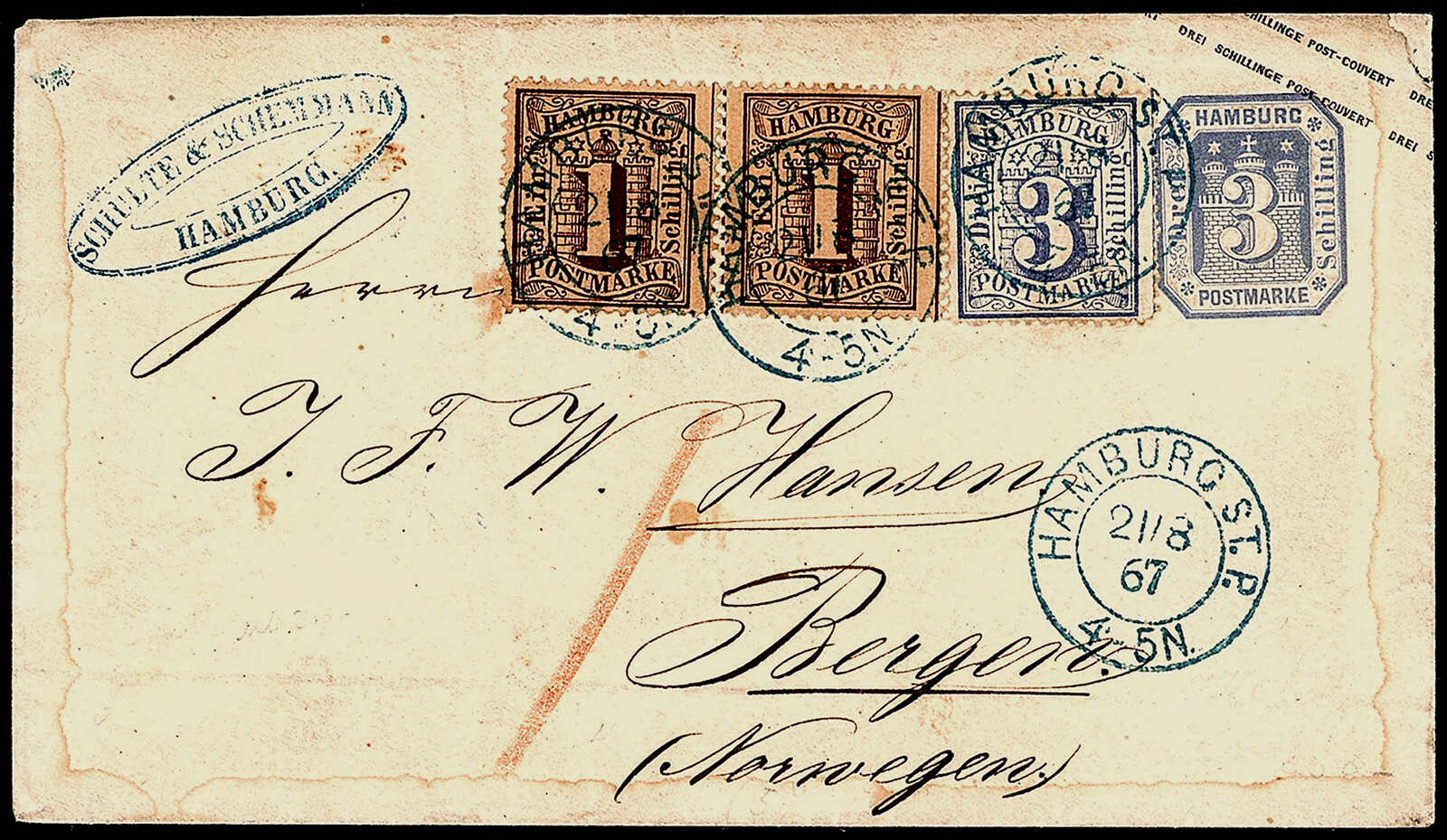25 Francs in Gold: Swissmint’s New Gold Coin
by Ursula Kampmann
On November 1, 2024, Swissmint will release its latest 25-franc coin. It is quite remarkable, though some knowledge of Swiss coinage is needed to fully appreciate all its features. This piece is a love letter to Swiss gold coinage, with its details paying homage to various earlier issues.
Content
The Obverse of the New 25-Franc Coin
Let’s first look at the national side, which shows the country name, the national emblem, and the year. What immediately stands out is that they decided to give the country name in English only, rather than in one or all of the Swiss national languages. This makes sense, given that the country’s mint refers to itself using the English name “Swissmint”.
Hatching as a Color Substitute in Heraldry
The emblem is something for connoisseurs. It shows the Swiss cross in silver on a red background. How that is possible on a coin that isn’t colored? The answer is quite simple: in the 17th century, a universally recognized code evolved that used hatching patterns to represent heraldic colors. This was necessary for artists who faced the challenge of depicting the colorful coats-of-arms of noble families on their copper engravings for black-and-white prints. Only an elite upper class could afford colored books; everyone else knew how to interpret the hatching.
|
Red |
vertically lined |
|
Blue |
horizontally lined |
|
Green |
cross-lined: from top left to bottom right |
|
Yellow / heraldic “gold“ |
dotted |
|
Black |
checkered |
|
Purple |
cross-lined: from bottom left to top right |
|
White / heraldic “silver“ |
without hatching |
This system could easily be adopted by die cutters and became customary on coins during the 18th century. By the 19th century, the color code was standard. Even today, Swiss circulation coins designed in the 19th century still show Helvetia with a shield that is hatched just like the coat-of-arms on the new 25-franc coin: lined for the red background and without hatching for the silver cross.

Swiss Confederation. 20 Francs 1871 B, Bern. From Auction SINCONA 64 (2020), No. 3968. Hammer price: CHF 17,000.
The First Gold Coins of the Swiss Confederation
In fact, the coin design seen on the reverse side of Swissmint’s new piece originated in the 19th century, although it was not initially intended for a gold coin. To understand this, we need to go back to 1865.
At that time, Switzerland became a member of the Latin Monetary Union (LMU). This was a kind of currency union, functioning somewhat similarly to the Eurozone, though it did not have a central bank. Instead, the technical specifications for coins circulating across LMU countries, the minting quotas of individual states, and the joint monetary policy were negotiated in conferences under French leadership.
The basis of coinage was the bimetallic gold-silver standard adopted from France. This system, however, came with some challenges: the fixed ratio between silver and gold coins created problems as the prices of precious metals fluctuated in the open market.
When the Comstock Lode in Nevada flooded the global market with massive quantities of silver, silver prices plummeted. This presented LMU members with a great opportunity to cover government expenses with cheaper silver coins. France, which minted the most gold coins, pushed the other LMU members to mint gold coins as well.
As a result, Switzerland found itself compelled to produce the first patterns of 20-franc coins. At first, only little money was put into the project, and the obverse die from the old 20-rappen coins was reused. This very design is now the basis for Swissmint’s new 25-franc coin.
The reverse of the 20-franc coin was designed by engraver Karl Voigt, modeled after other circulation coins with a wreath and the denomination. Around 200 patterns were minted at the time, though mass production never happened, as Germany founded its empire the same year (1871) and introduced the gold standard for its new unified currency. This drove silver prices down even further. For a small country like Switzerland, issuing gold coins would have entailed incalculable losses, so they refrained from doing so. Switzerland eventually introduced gold coins only after all LMU finance ministers jointly decided that the economy required a stable currency once again.
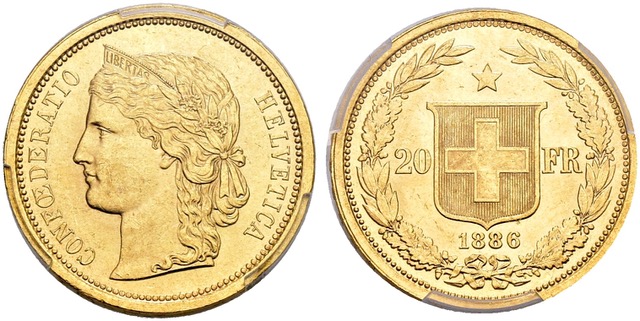
Swiss Confederation. 20 Francs 1886 B, Bern. From Auction SINCONA 68 (2020), No. 5550. Hammer price: 300 CHF.
This led to the suspension of silver minting, and coins in circulation that became unusable were replaced with 20-franc pieces in gold. However, these mass-produced coins looked entirely different from the first patterns.
The Enigmatic 25-Franc Coins of 1955
While the national side of Swissmint’s newest coin references the beginning of federal circulation gold coinage, the other side recalls its end. After World War II, Swiss politicians were actually still planning to issue new circulation gold coins. At that time, you could still buy Vreneli gold coins from the National Bank at face value. As it became clear that the state’s stockpile of Vrenelis was depleting, new coins were commissioned. In 1955, 1958, and 1959, annual batches of 5 million 25-franc pieces and 2 million 50-franc pieces were minted. However, they never entered circulation.
This is because, by the early 1960s, Vrenelis were already trading on the open market at a 19–25% premium, and the same would have likely happened with the new Swiss gold coins. As a result, they remained in the National Bank’s vaults as part of the currency reserve. The 1999 referendum, through which Switzerland abandoned the gold backing of the Swiss Franc, ultimately led to these coins – except for a few pieces – being melted down into bars.
Different Times, Different Designs
While some collectors may find this regrettable, the National Bank’s decision is understandable. The coin designs originated during the Cold War and no longer matched the image of modern Switzerland. A motto like “In Armis Libertas et Pax” – Freedom and Peace through Arms – became unacceptable after the fall of the Iron Curtain. Unsurprisingly, Swissmint chose to reference the other side of these coins for their new issue.
A New Swiss Gold Coin
In 2024, Swissmint will release its new 25-franc gold coin, with a mintage of 5,000 pieces in proof quality. This marks the third 25-franc commemorative coin issued annually by Swissmint. For the first time, it will feature an edge inscription, the phrase DOMINUS PROVIDEBIT (“The Lord will provide”), which is typical for Swiss numismatics, accompanied by the usual 13 stars. These stars carry no symbolic meaning; they were the result of a technical necessity in the 19th century, as all sides of the die collar had to be filled.
A Small Numismatic Sensation
When asked about the future of the 25-franc series, Swissmint’s CEO, Ronnie Mocker, smiles mysteriously. “Our Swiss 25-franc coins are something special. They contain the same gold content as the original Vreneli coins – not 0.9999 fine gold, but 0.900 gold. This gives us a unique feature.” Jan Niklas Betz, Head of Marketing & Sales at Swissmint, shares this enthusiasm: “I can already reveal to our customers that we plan to release the 25-franc coin again in 2026, but in circulation quality instead of proof quality and also in larger quantities. This will allow us to offer it closer to its intrinsic gold value. The 5,000 pieces from 2024 are a very special prototype.”
A new Swissmint gold coin as the successor to the Vreneli? This could be a success! Only recently, on October 22, 2024, a study revealed that Swiss households are storing around 200 tons of gold worth nearly 15 billion francs. And knowing the Swiss, they will be delighted to hold this wealth in gold coins minted in their own country.







